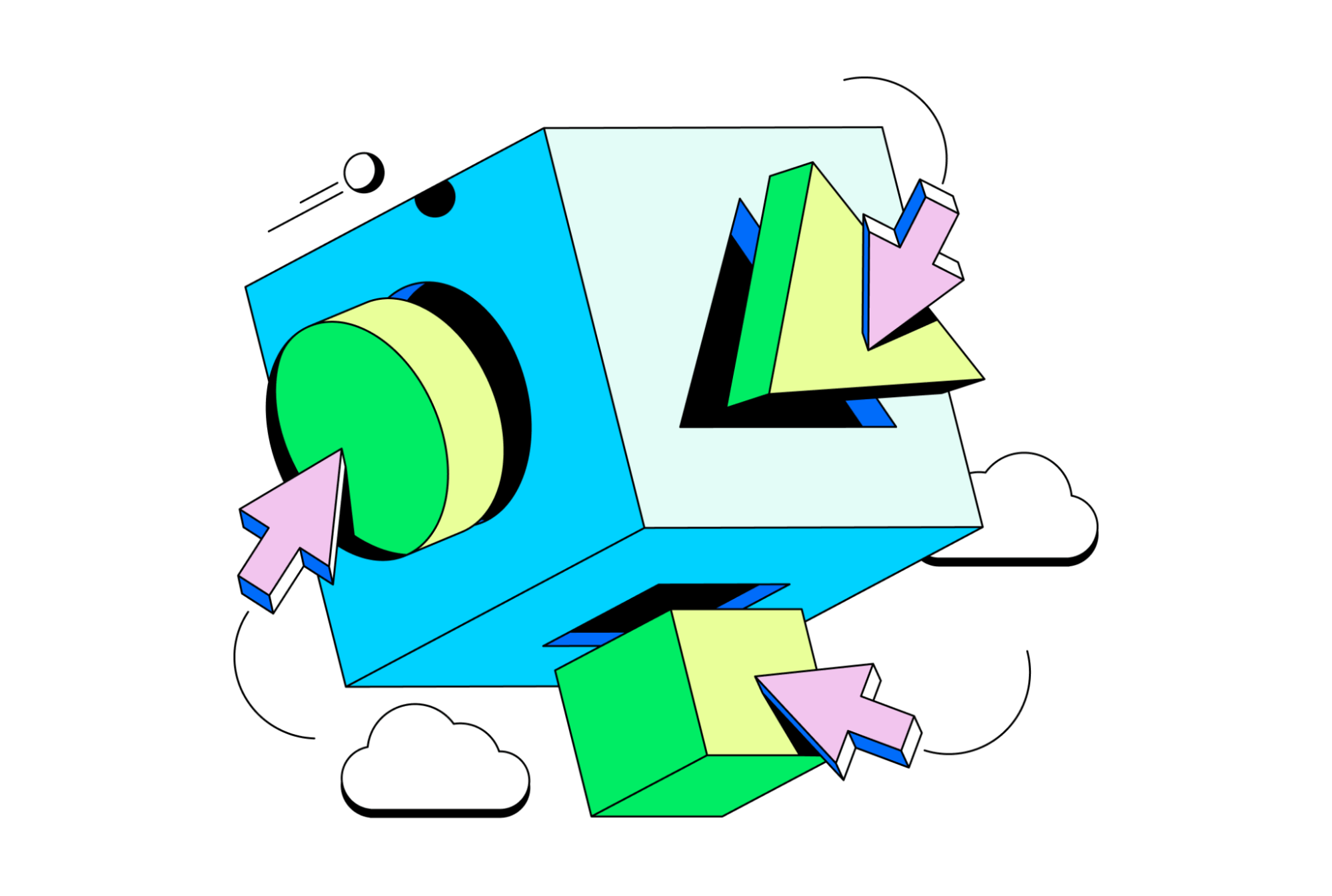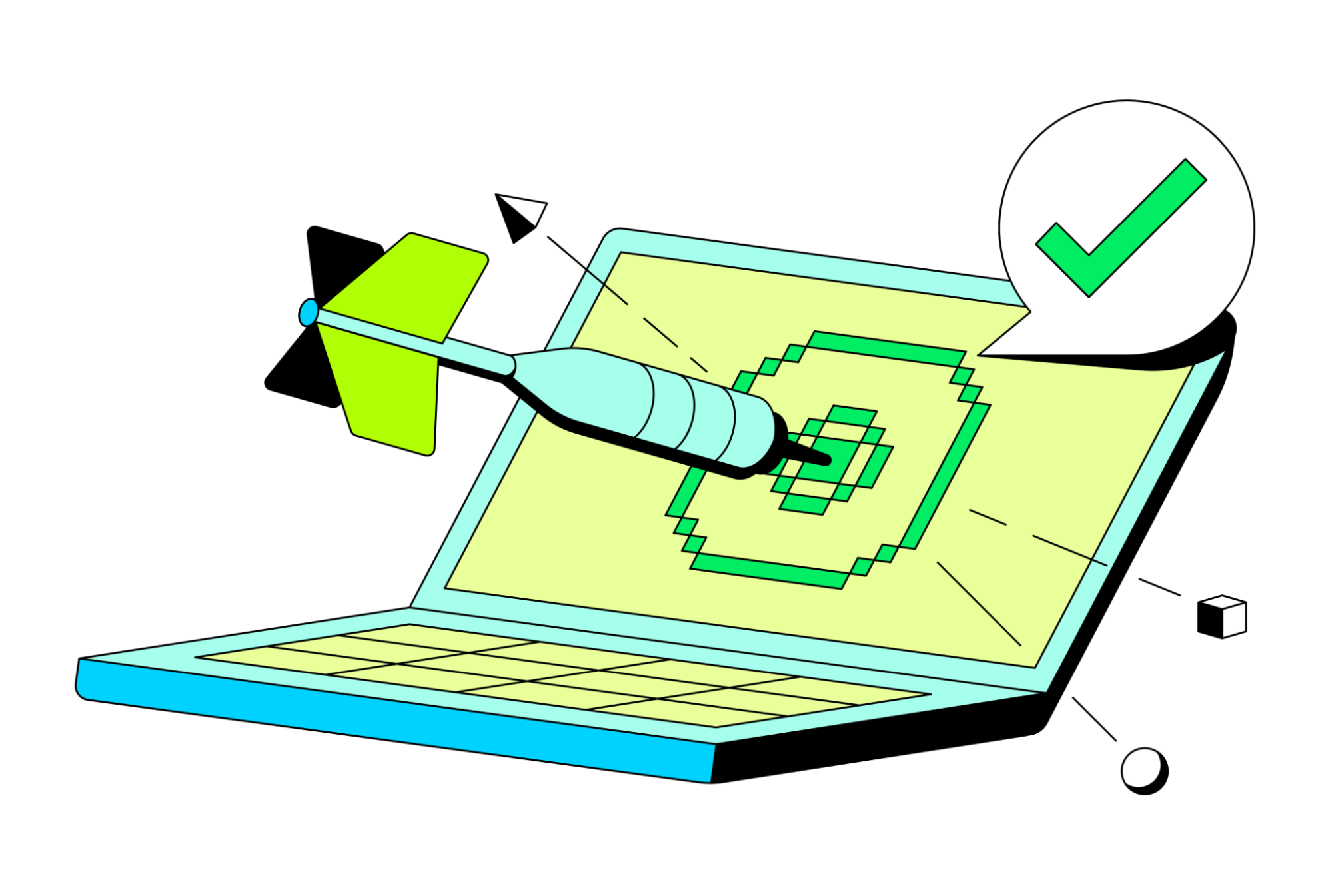In today's data-driven business environment, understanding how different types of database management systems work is essential. Knowing what makes each database type unique helps decision-makers choose the right technology for their organizations. One notable type is the object-oriented database (OODB), also called ODBMS (object database management system), which offers unique advantages like better data organization and easier updates. These benefits can lead to more efficient operations and improved decision-making across the entire business.
Let’s take a closer look.
Table of contents
- The basics of object-oriented databases
- How object-oriented databases differ from relational databases
- Key features of object-oriented databases
- How inheritance and polymorphism boost flexibility
- Advantages of object-oriented databases
- Real-world applications of OODBs
- Challenges to adoption and integration
- Conclusion
- FAQs

The basics of object-oriented databases
An object-oriented database stores data as objects, similar to how certain programming languages manage data. Instead of tables with rows and columns like traditional databases, object databases use complex data structures to represent data.
What are objects?
Objects in programming are like smart containers that hold the data, as well as the actions that are performed on the data.
Here is a simple breakdown of an object:
Data: This is the stored information. For example, a customer data “object” would include details like the customer's name, address, phone number, and email.
Actions (methods): Actions are the things that can be done with the data. For example, there may be specific actions needed to update the customer's address or to retrieve their order history.
In an OODB, you would store the data associated with this object. By storing data this way, it becomes more intuitive to manage and work with, especially for applications that handle complex objects and interconnected data. This structure aligns closely with object-oriented programming (OPP) languages, which makes it more straightforward for developers to build and maintain applications.
How object-oriented databases differ from relational databases
When comparing relational databases and object-oriented databases (OODBs), a couple of key differences stand out: structure and flexibility.
Structure
Relational databases: These databases use a structured format with tables, rows, and columns. Each table represents a different entity (like customers or products), and the rows in these tables are individual records. Columns represent the attributes of these records.
Object-oriented databases: In contrast, OODBs store data as objects. An object can encapsulate complex data structures and their associated actions.
Flexibility
Relational databases: While these are very effective for structured data, they can be less flexible when dealing with complex data types and relationships. To manage such complexities, conventional databases often require numerous tables and complex joins, which can become cumbersome.
Object-oriented databases: OODBs naturally handle complex data structures and relationships. Because they hold data in objects, they can easily represent intricate data models without requiring multiple tables and joins. This makes them particularly well-suited for complex, interrelated data applications, such as multimedia content, engineering designs, and scientific simulations.
By understanding these differences, decision-makers can better appreciate the unique advantages that object-oriented databases offer, especially in scenarios that require handling complex data and relationships more intuitively and efficiently.
Key features of object-oriented databases
Objects and classes
In an OODB, data is organized into objects and classes, mirroring the structure of object-oriented programming languages. In programming, a class acts as a blueprint for creating objects, specifying both the data structure and the behaviors the objects will have.
Example: book class
Consider a "book" class in a library database. This class might include attributes such as title, author, ISBN, and publication year, along with methods to manage the book's data. Each book in the library is an instance of the "book" class, containing actual data and the ability to perform actions related to data management.
Attributes: Title, Author, ISBN, Publication Year
Actions:
- checkOut() updates the database status to "Checked Out."
- returnBook() updates the database status to "Available."
- updateStatus("Reserved") updates the database status to "Reserved.”
How inheritance and polymorphism boost flexibility
Two fundamental concepts in OODBs are inheritance and polymorphism, which contribute to their flexibility and extensibility.
Inheritance: This feature enables a new class to acquire the attributes and methods of an existing class. For example, a "preferred customer" class could inherit from the "customer" class, adding unique features like a discount rate while retaining the attributes and methods of a regular customer. This allows for code reuse and a hierarchical organization of classes, making it easier to manage and extend the database schema.
Polymorphism: This concept treats different objects as instances of the same class through a shared interface. For example, you can use a single method to print customer information for both regular and preferred customers. This approach increases flexibility by eliminating the need for separate methods for each customer type. It allows you to perform the same operation on different classes of objects seamlessly.
By organizing data into objects and classes, supporting inheritance and polymorphism, and incorporating action, OODBs offer a robust framework for managing intricate data and relationships. This ability makes them ideal for applications demanding high flexibility and functionality.
Advantages of object-oriented databases
Object-oriented databases offer advantages that make them well-suited for various complex and dynamic applications.

Complex data handling
One of the primary advantages of object-oriented databases is their ability to handle complex data. With their table-based structure, traditional databases can struggle with complex data structures and relationships. OODBs, on the other hand, are designed to manage such complexities efficiently.
Alignment with programming languages
Another significant advantage of OODBs is their alignment with object-oriented programming (OOP) languages.
This alignment offers several benefits:
Ease of development: For developers familiar with object-oriented programming, working with OODBs feels natural. Since the data modeling in OODBs mirrors the principles of OOP, they can design and implement data structures in the database that directly correspond to their programming constructs. This similarity reduces the cognitive load and potential errors from translating between different data models.
Reusability and extensibility: OODBs support key OOP concepts like inheritance and polymorphism, which promote code reusability and system extensibility. Developers can create reusable classes that serve as templates for objects, allowing for consistent and maintainable data structures across applications. Inheritance enables the extension of existing classes with new attributes and methods, facilitating the evolution of the database schema without disrupting existing functionality.
Seamless integration: Because OODBs integrate data and behavior within objects, they provide a more holistic approach to data management. Methods associated with objects enable encapsulated operations, streamlining data manipulation and reducing the need for extensive procedural code. This integration enhances the coherence of the application architecture and simplifies maintenance and updates.
By leveraging the strengths of object-oriented programming languages, OODBs provide a robust framework for managing complex data structures and relationships. They offer a more intuitive and efficient way to model and manipulate data, making them ideal for applications that require high flexibility and sophisticated data handling capabilities.
Real-world applications of OODBs
In some industries and systems, object-oriented databases are particularly beneficial because they can efficiently work with complex data structures and relationships.
Computer-aided design and computer-aided manufacturing
In computer-aided design and computer-aided manufacturing, OODBs excel in managing intricate design models and manufacturing processes. They can store detailed geometric and structural data as objects, making managing and modifying complex designs easier.
Telecommunications
The telecommunications industry benefits from OODBs' ability to handle vast amounts of interconnected data. They are ideal for managing network configurations, call records, and customer information, where relationships between data points are crucial.
Scientific research
In scientific research, particularly in fields like bioinformatics, physics, and environmental science, OODBs can manage large datasets with complex relationships. They allow researchers to model and analyze data more effectively, facilitating discoveries and innovations.
Multimedia applications
OODBs are well-suited for multimedia applications that require storing and retrieving images, videos, and audio files metadata. They can manage these data types as objects, making organizing and accessing multimedia content easier.
Challenges to adoption and integration
Despite their advantages, businesses may face several challenges when implementing OODBs:
Learning curve: Transitioning to OODBs can be challenging for organizations accustomed to conventional databases. Training staff in object-oriented concepts and the specific features of OODBs is essential.
Integration with existing systems: Integrating OODBs with existing relational database systems can introduce initial complexity or require some changes to the current infrastructure and data migration processes, which can be both time-consuming and costly.
Cost considerations: Implementing OODBs can involve high initial costs. These expenses include the database software itself, training, integration, and potential downtime during the transition period. Ongoing maintenance and support costs may also be higher compared to more established databases.
Object storage and NoSQL databases: In the modern data management landscape, object storage and NoSQL databases have also emerged as important technologies. Object storage is particularly useful for handling large amounts of unstructured data, while NoSQL databases offer flexible schemas for storing complex data types. Both of these technologies complement the use of object-oriented databases by providing additional options for managing and retrieving diverse data types.
Conclusion
The role of OODBs is likely to grow as the need for managing complex and diverse data continues to increase. Advances in technology and growing familiarity with object-oriented concepts will likely reduce some of the current barriers to adoption. As businesses become more aware of the strategic benefits of OODBs, they can expect to be increasingly integral to the evolving landscape of data management. Their ability to handle complex data efficiently and align with modern programming practices positions them as a critical technology for future data-driven applications and industry.